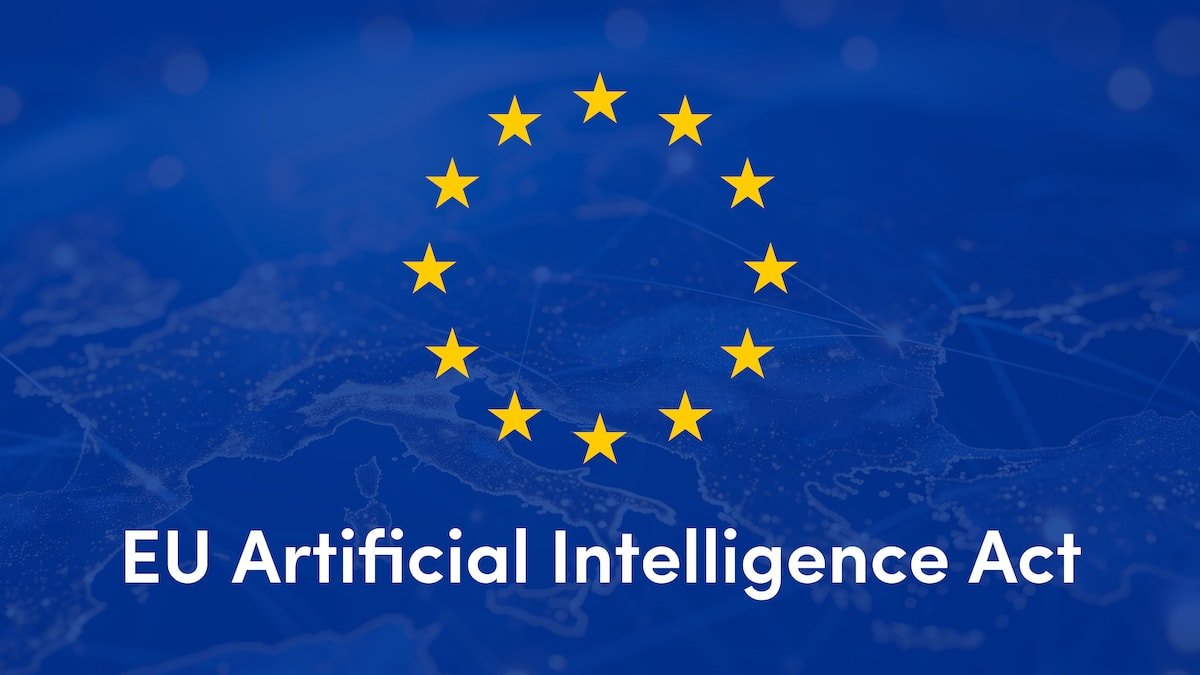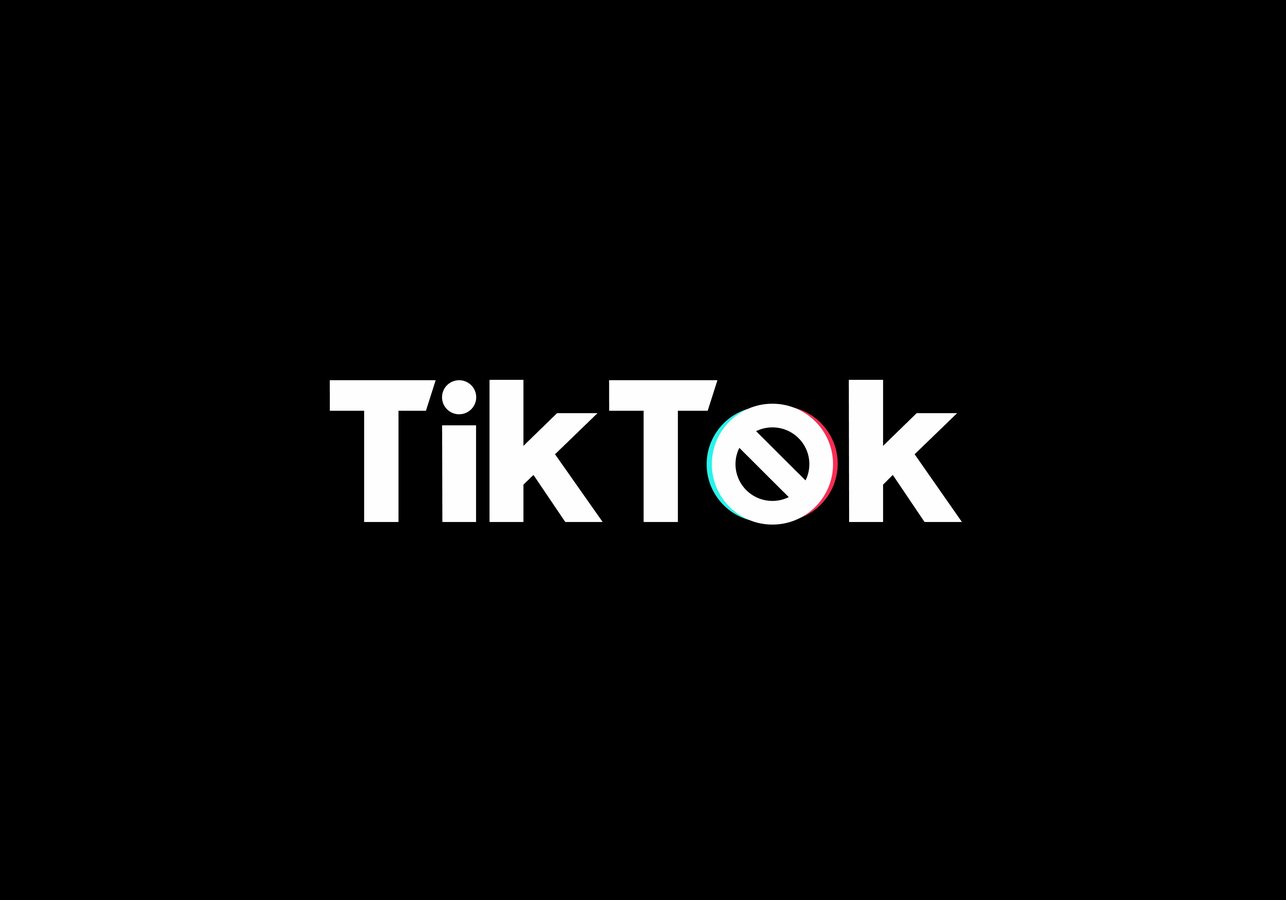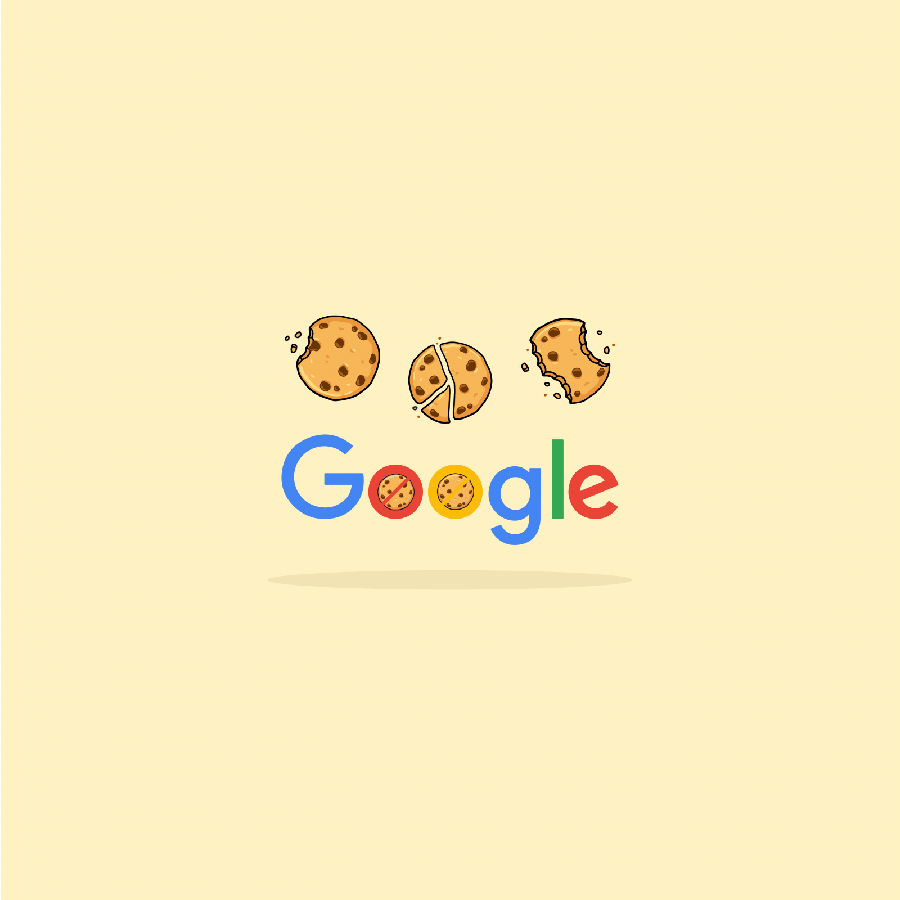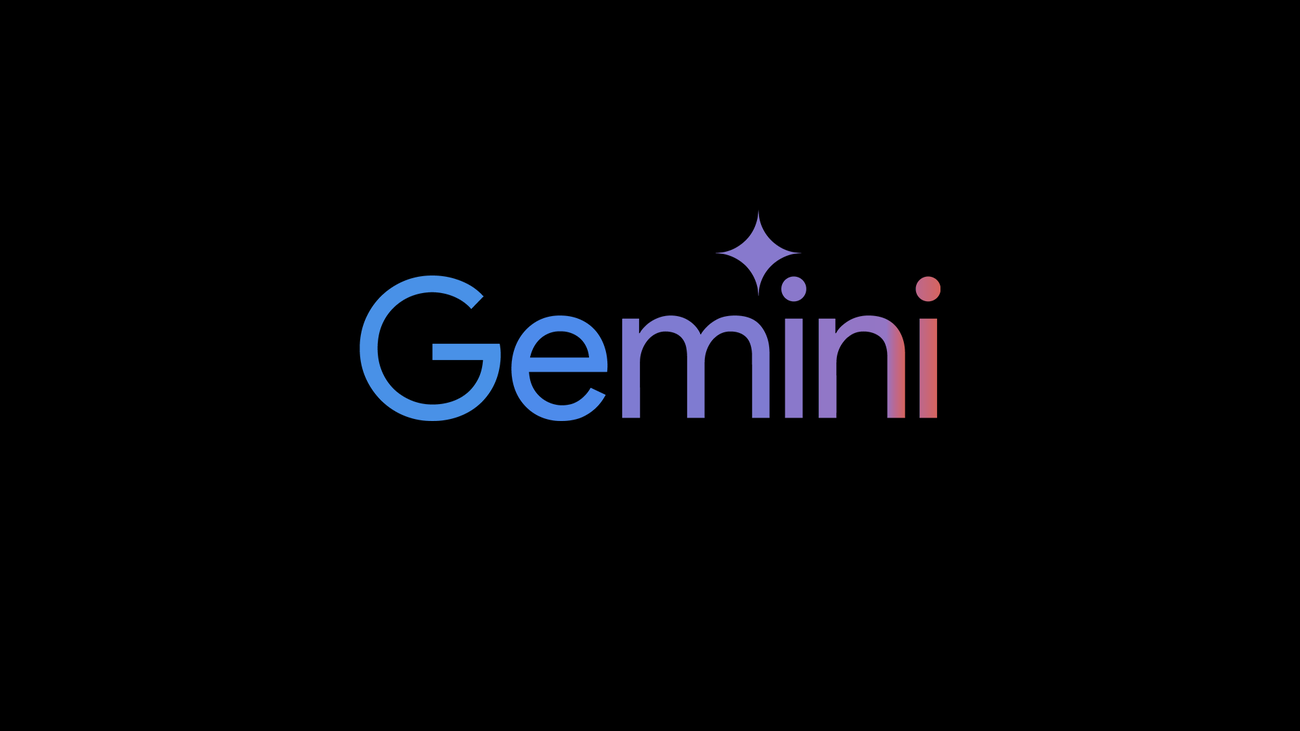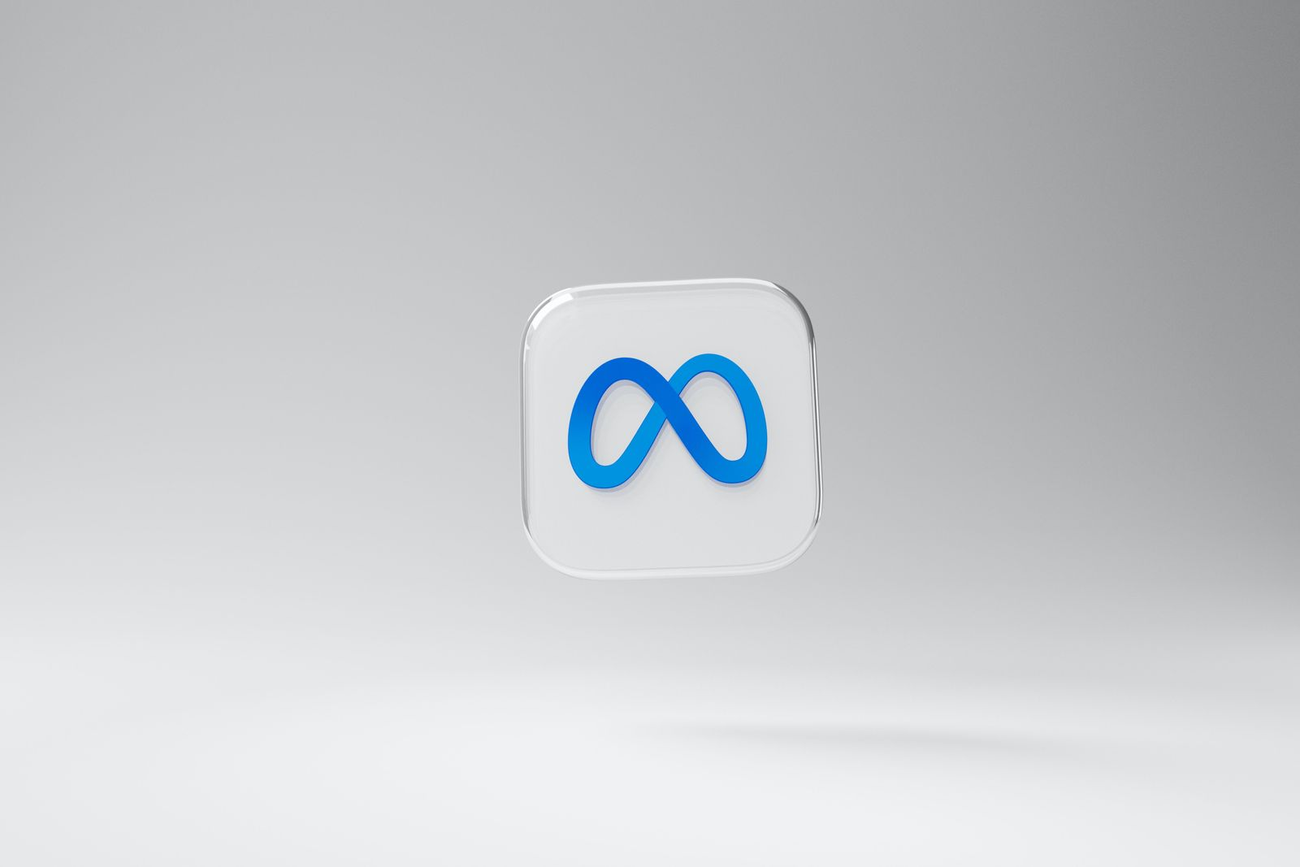What are NFTs and How Can Brands Use Them?
Utilizing digital assets help brands connect with customers, and more.
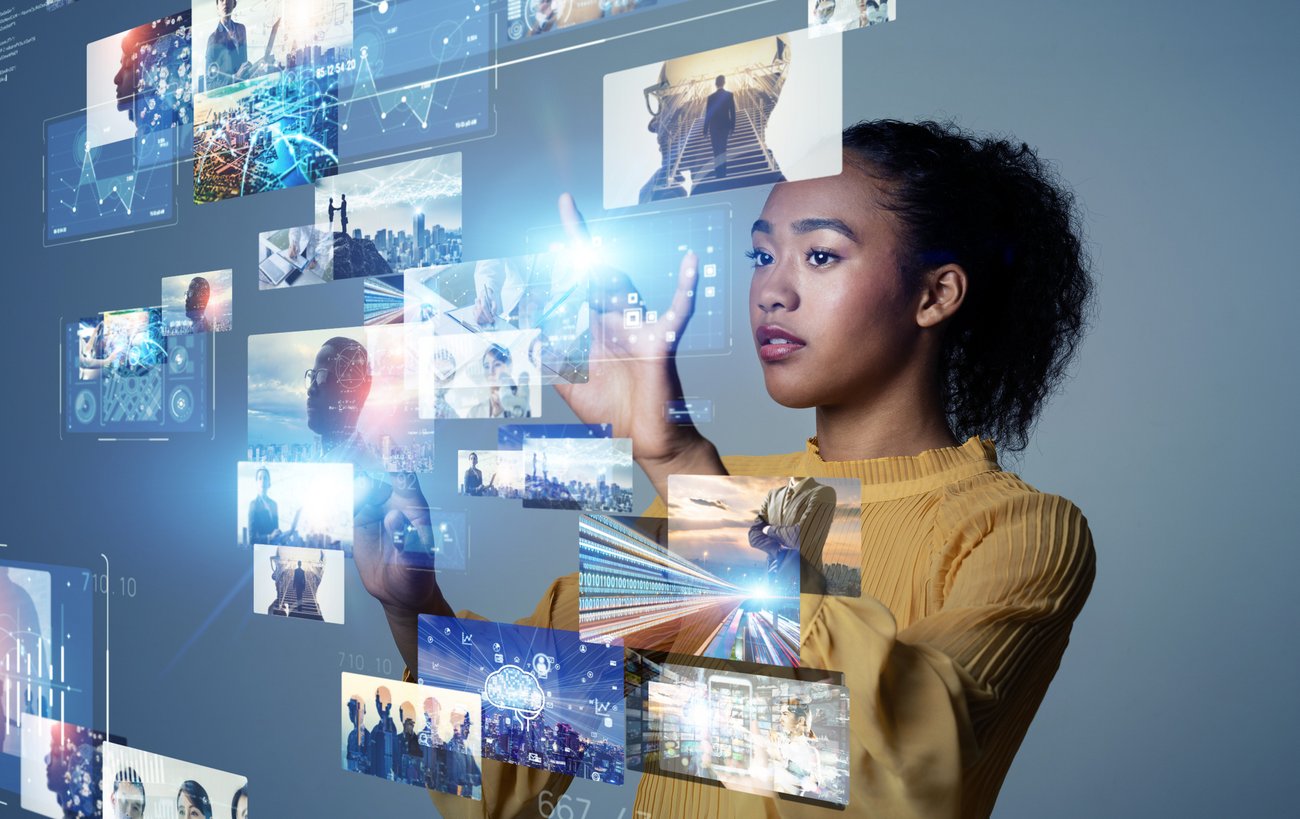
In the digital world, NFTs are everywhere! And they’re generating huge amounts of buzz…and coin. Take for instance the ‘Nyan Cat’ meme (an animated cat with a pop tart body that glides through space), it cashed in $600,000 last year. That’s just one example of how collected digital assets have become cool, mainstream, and quite lucrative.
But if you’re wondering what the deal is with Nyan Cats, Bored Apes, CryptoPunks, or even what an NFT is – you’re not alone. Especially how a gif, meme, and video clip can rake in so much ‘digital dough’. Let’s take a closer look at NFTs and discuss how your brand can utilize these digital assets to connect with customers.
What are NFTs?
Non-fungible tokens (NFTs) are non-interchangeable digital assets or collectibles that can be sold or traded online. NFTs are assets like bitcoin, only they’re unique and irreplaceable, like owning an original work of art online. Types of NFTs may include digital files such as photos, videos, and audio. Stored on a blockchain (a shared digital ledger), NFTs build value by showing proof of ownership that can’t be destroyed or counterfeited. Since NFTs are cryptographically authenticated, each NFT has its own unique identifier and metadata that distinguishes it from any other.
Whether it’s artwork, music, or photography, NFTs are more than just simple digital assets – it’s a community made up of artists and creators who feel empowered by offering their work independently and making a living in the process.
Why Are Brands Launching NFTs?
Many NFTs are being created with ‘utility’ or added benefits within its functionality, evolving away from being solely valued on hype. For instance, if you own a ‘Bored Ape Yacht Club’ NFT, you get access to exclusive meetups and party access that only token holders can utilize. When celebrities like Steph Curry, Eminem, or Paris Hilton own one, this becomes an enticing perk.
One brand effectively utilizing NFTs is shoe giant Adidas, who released an exclusive NFT that gave owners exclusive clothing and first access to future footwear lines and other products. Here are a few other examples of brands successfully using NFTS:
Asics’ Sunrise Red collection NFT included limited-edition digital sneakers designed in collaboration with various digital artists. Described as “a first step in building a future where digital goods inspire physical activity”, proceeds raised from the 189 digital assets were reinvested to the artists.
Taco Bell announced and auctioned 25 NFT GIFs to drive brand awareness for the Live Mas scholarship, which supports young people’s education. The “Transformative Taco” piece was minted as an edition of 25, which sold out in half an hour.
“A digital version of toilet paper to support a good cause” is how Charmin defined their NFT, directing them to their Rarible store. ‘NFTP’ is “the world’s first Non-Fungible Toilet Paper”, according to the brand. Supporting the charity Direct Relief, the brand sold five designs of the NFT.
To commemorate the return of the popular McRib sandwich, McDonald’s delivered its first-ever NFT promotion. The brand issued a limited number of NFTs (called ‘MCNFT’) as part of a virtual collectable art collection featuring the McRib. The collection was exclusive to those who retweeted the brand’s invitation, which more than 21,000 people did in only a few hours.
Ray-Ban, the NFL, Penguin, and Gucci have also used NFTs to successfully promote their brand.
Social Awareness
Brands can also launch NFTs to raise social awareness. Today, consumers are interested in brands that are in sync with their own viewpoints and beliefs. If your business is aligned with a non-profit or cause-focused organization, NFTs can offer a unique fundraising opportunity. Your brand can auction off rare NFTs to connect with the blockchain community while raising awareness for your cause.
Last year, Coca-Cola’s Friendship Lootbox NFT collection (the brand’s first-ever sold NFT) auctioned for more than $575k. The collection, which benefited The Special Olympics, included NFTs representing the brand's connection with friendship and teamwork.
Other Ways Brands Leverage NFTs
Businesses can also use NFTs to expand promotions, elevate brand interest, and create more memorable experiences for their customers.
Your brand can use NFTs as blockchain-based promotions, coupons, and access codes which are trackable and practically impossible to counterfeit. Offer member-exclusive deals to your new NFT community or package collectibles with purchase of new products.
Since NFTs are so unique in the digital marketplace, they create a whole new level of specification and personalization. Your brand should utilize the personalized nature of NFTs to generate greater brand awareness as well as loyalty and advocacy.
Without a doubt, brands generate buzz through user-generated content and information. Tap into your audience and gather suggestions about the type of tokens they’d like to own or offer them as rewards in funding campaigns and contests. Keep your community involved and enthralled. Offer NFTs specific to your audience or use them to tap into a new fan base.
Every NFT tells a story. Utilize NFTs as a part of your brand narrative strategy. These assets can breathe life into your brand, giving something tangible to your customers that they can own and represent their experience of the brand.
NFTs are new, cool, kind of mysterious, and yet totally exciting. Brand interest will increase as you enter the NFT space and provide a new experience for your audience. As a result, these experiences will boost conversions and help drive revenue.
Like it or not, non-fungible tokens are here to stay. They represent a significant commodity within the metaverse, expanding how consumers engage with and experience your brand. Companies like Adidas and Nike have already tapped into the digital marketing potential of these assets. NFTs allow brands to find new and creative ways to increase brand awareness, support social causes, engage with customers, and generate revenue.
